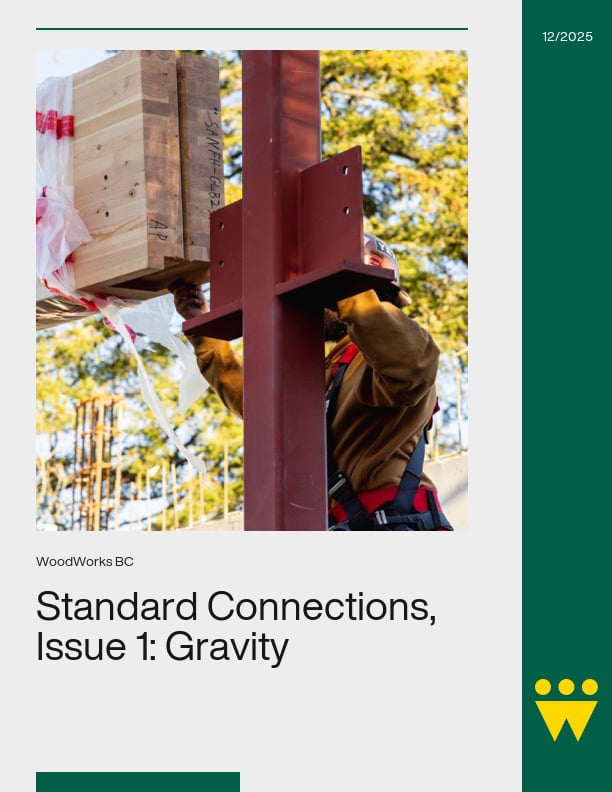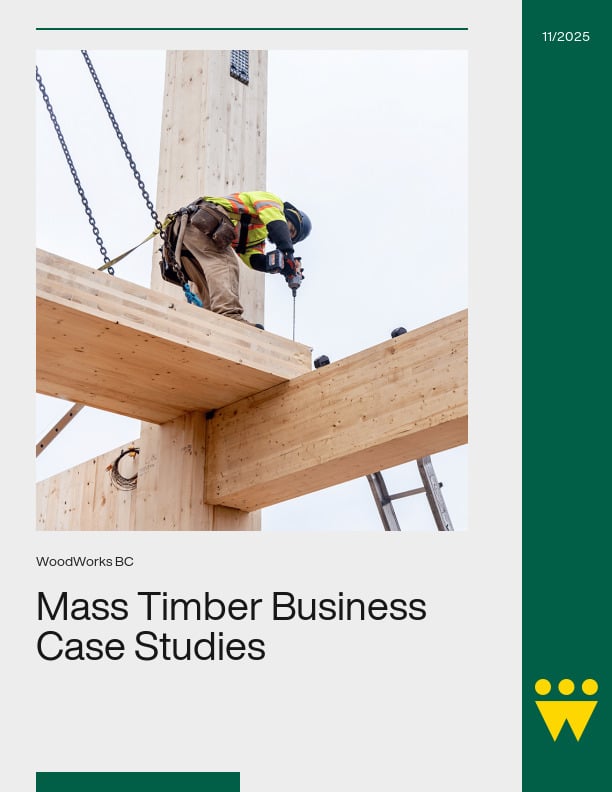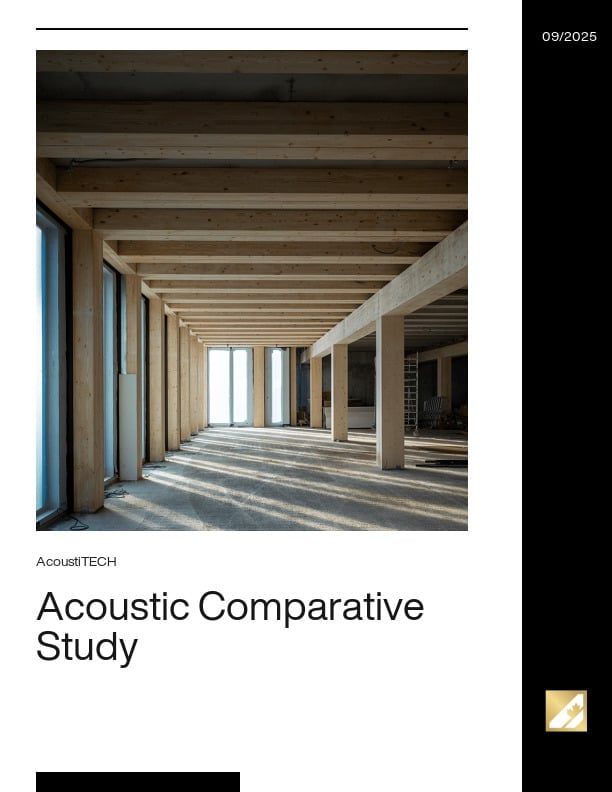Supplementary treatment may be added wherever on-site cutting or drilling of wood is unavoidable, or where it is suspected the original protection measures may be inadequate. This is most commonly done in applications such as wood foundations, agricultural buildings, or non-residential long-life applications such as utility poles and bridge timbers.
For wood foundations and agricultural buildings, it is normal to expect some end cutting and boring for bolts, pipes or electrical wiring. Typically copper naphthenate is brushed on the cut ends or holes in the treated wood to protect the exposed surfaces. Experience has shown that this is adequate for the limited exposure resulting from such cases.
For cases such as poles or bridge timbers, the original preservative protection can be lost over time due to degradation or depletion of the active ingredients. A need for supplementary treatment may be indicated by damage to similar structures in the same area. Or there may be evidence that the risk of damage has increased, for example, if new termites move into the area.
In cases like utility poles, where these are part of the physical infrastructure of an organization, inspection, maintenance and remediation are regularly practiced to ensure continued safety in use and to schedule replacement. Often the cost of supplementary treatment is relatively small compared to the cost of inspection, and is a very small fraction of the cost of premature failure. Supplementary treatment may also be prudent in terms of due diligence (reducing legal liability). During inspection of these structures, drills or increment borers may be used to determine the condition of the interior of the wood members. It is advised to treat these holes, to avoid infection from non-sterilized drills and borers. In addition, as holes are typically drilled where decay is suspected or anticipated, treating the holes is wise to supplement protection at that site.
Solids
Borate, copper/borate and fluoride rods have seen increasingly widespread use as supplementary treatments for internal decay due to their convenience in handling and very low toxicity. Copper moves more slowly in the wood than borate, providing protection to the zone around the rod if the borate is removed over time through mass flow of water. This is mainly of concern for utility poles in wet climates, where moisture moves into the pole from the soil, wicks up the pole and evaporates above ground, moving the borate up the pole with it – this leaves the borate in a part of the pole not especially at risk for decay. The rate of water flow may be relatively slow in Douglas fir (an impermeable wood species) treated with an oil-borne preservative having some water repellency. It may be more rapid in southern pine (a very permeable wood species) treated with a waterborne preservative.
Liquids, Pastes and Gels
Spray and foam application of liquids and gels are increasingly used for supplementary treatment of wood frame buildings against termites and wood boring beetles. Holes are drilled into each stud space and the liquids or gels are pumped in under pressure. Coverage cannot be expected to be as effective as that achieved by spray treatment during construction. Liquids can be poured or pumped into drilled holes to treat internal decay in utility poles or timbers. Typically the loading of preservative that can be achieved is limited in the first case by the size and location of the holes and the solubility of the chemical, and in the second case by the permeability of the wood. Another approach is to leave a pressurized device attached to the pole below ground, which pushes a larger amount of liquid into the pole over a longer time period. Care must be taken to ensure that drilled holes do not intersect voids or checks leading to the surface of the wood; otherwise, the liquids can flow out. Pastes can be packed into drilled holes to treat internal decay. Alternatively, they can be brushed or trowelled on or applied on bandages to treat external decay.
Fumigants
Fumigant treatments have been used successfully for decades on utility poles and timber structures. The gas moves rapidly through the wood, adsorbing to the lignocellulose and providing several years of residual protection.








